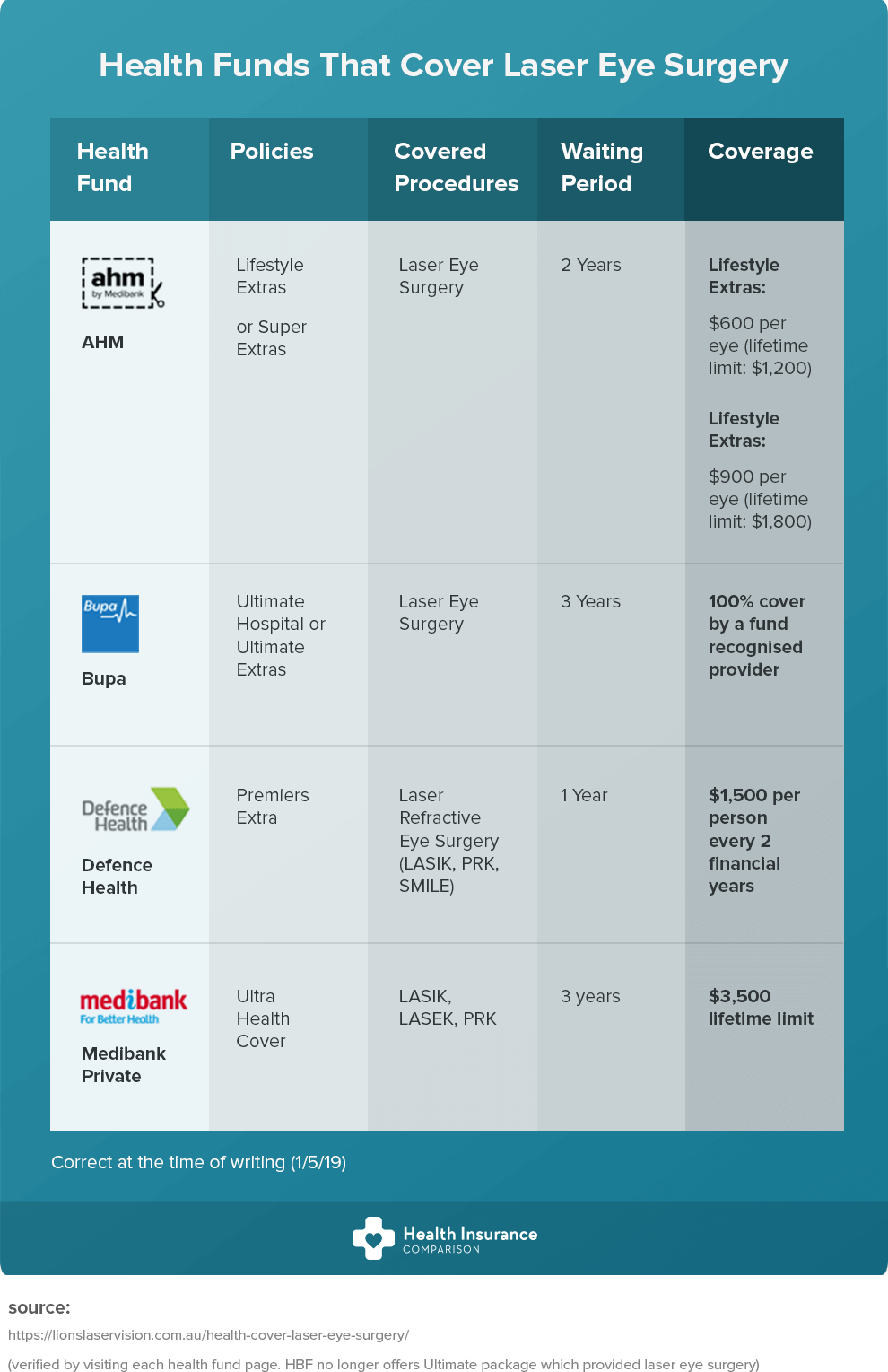A Detailed Evaluation Of Modern Cataract Surgical Treatment Approaches
A Detailed Evaluation Of Modern Cataract Surgical Treatment Approaches
Blog Article
website -Korsgaard Olson
As you explore the advancement of innovative cataract surgical procedure strategies, you'll witness a trip marked by ingenuity and accuracy. From ancient techniques that paved the way for modern technologies to advanced modern technologies that are reinventing the field, the extensive review of cataract surgery techniques is a testimony to human progression and commitment to improving individual end results. The elaborate interaction in between historic techniques and futuristic advancements develops a fascinating story that clarifies the evolution of among the most common operations worldwide.
Historical Methods and Technologies
Discover just how very early surgeons transformed cataract treatment by employing ingenious strategies and tools. In the past, cataract surgical procedure was a high-risk and agonizing procedure. Nevertheless, ancient Indian doctors were amongst the first to try surgical treatments for cataracts, utilizing a method called 'couching' where a sharp tool was used to push the cataract back into the eye. This approach, though crude by today's criteria, prepared for future advancements in cataract surgical treatment.
As time proceeded, Arab medical professionals made substantial contributions by establishing specialized needles for cataract removal. These needles were used to penetrate the cataract and then extract it from the eye, marking a significant enhancement in surgical precision.
Later, in the 18th century, the French surgeon Jacques Daviel originated the method of extracapsular cataract extraction, where the whole lens was gotten rid of undamaged via a larger cut. This marked a significant improvement in cataract surgery techniques, leading the way for the contemporary procedures we make use of today.
Modern Surgical Approaches
Early methods in cataract surgery have actually developed substantially, resulting in the growth of modern medical methods that focus on precision and boosted client outcomes. Modern cataract surgical procedure now often entails a treatment called phacoemulsification, where an ultrasonic tool breaks up the cataract for removal through a little incision. This strategy allows for quicker healing and lowers the danger of difficulties contrasted to older techniques.
Furthermore, making use of innovative intraocular lenses (IOLs) has changed cataract surgical treatment end results. These lenses can deal with not just the cataract but likewise other refractive errors like astigmatism, lowering the need for glasses post-surgery.
Surgeons today likewise have access to sophisticated imaging technologies that help in exact preoperative planning and intraoperative decision-making. Optical coherence tomography (OCT) and various other imaging modalities supply in-depth pictures of the eye's structures, enabling a more individualized approach per patient's surgery. With these innovations, modern-day cataract surgical treatment techniques continue to improve, offering clients safer treatments and better aesthetic outcomes.
Arising Technologies in Cataract Surgery
With improvements in modern technology revolutionizing the field, cataract surgery is seeing the assimilation of innovative techniques for enhanced person end results. https://custom-eye-lasik-surgery10865.thenerdsblog.com/32045478/tips-for-caregivers-on-how-to-assist-a-family-member-or-buddy-during-their-glaucoma-treatment in cataract surgical treatment are reshaping the landscape of sensory procedures. One such innovation is femtosecond laser innovation, which permits accurate corneal incisions, capsulotomies, and lens fragmentation, causing enhanced surgical accuracy and end results.
In addition, intraoperative aberrometry is acquiring appeal, enabling real-time measurements of refractive errors throughout surgical treatment to enhance intraocular lens power computations and minimize postoperative refractive surprises.
Moreover, making use of advanced imaging innovations like optical coherence tomography (OCT) and intraoperative wavefront aberrometry help surgeons in precise surgical preparation and execution. These devices offer thorough physiological details and assistance tailor surgical approaches for every person's one-of-a-kind eye attributes.
Additionally, developments in artificial intelligence are being discovered to assist in preoperative planning, intraoperative decision-making, and postoperative care, possibly maximizing surgical results and client fulfillment. Accepting these arising technologies in cataract surgical treatment holds promise for additional improving client end results and making certain the proceeded evolution of ophthalmic surgical techniques.
Conclusion
As you journey via the history of cataract surgical treatment, you witness the improvement from old techniques to cutting-edge innovations. Like a phoenix increasing from the ashes, cataract surgical procedure has progressed right into a beacon of hope and development.
Just as a caterpillar arises from its cocoon as a stunning butterfly, cataract surgery has actually thrived right into a polished art form, offering clients clearer vision and a brighter future.
The development continues, shining a light on endless possibilities.
